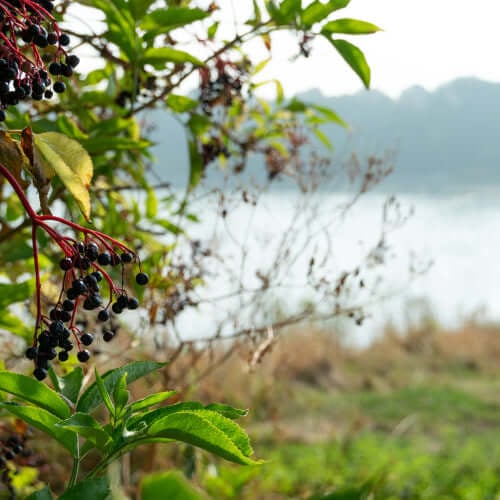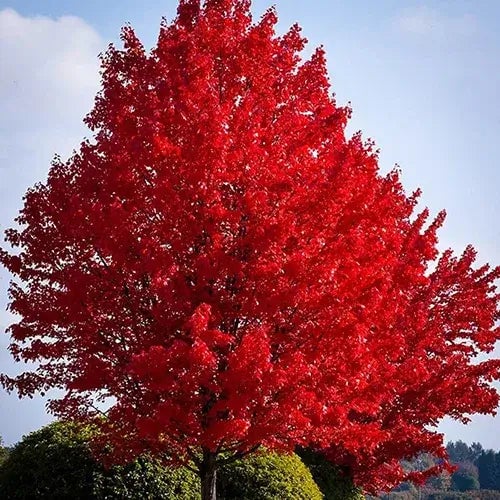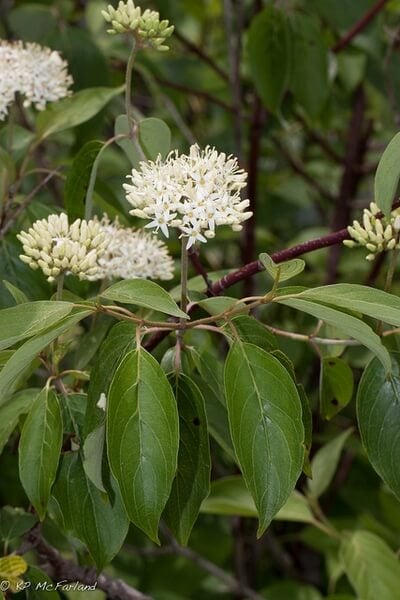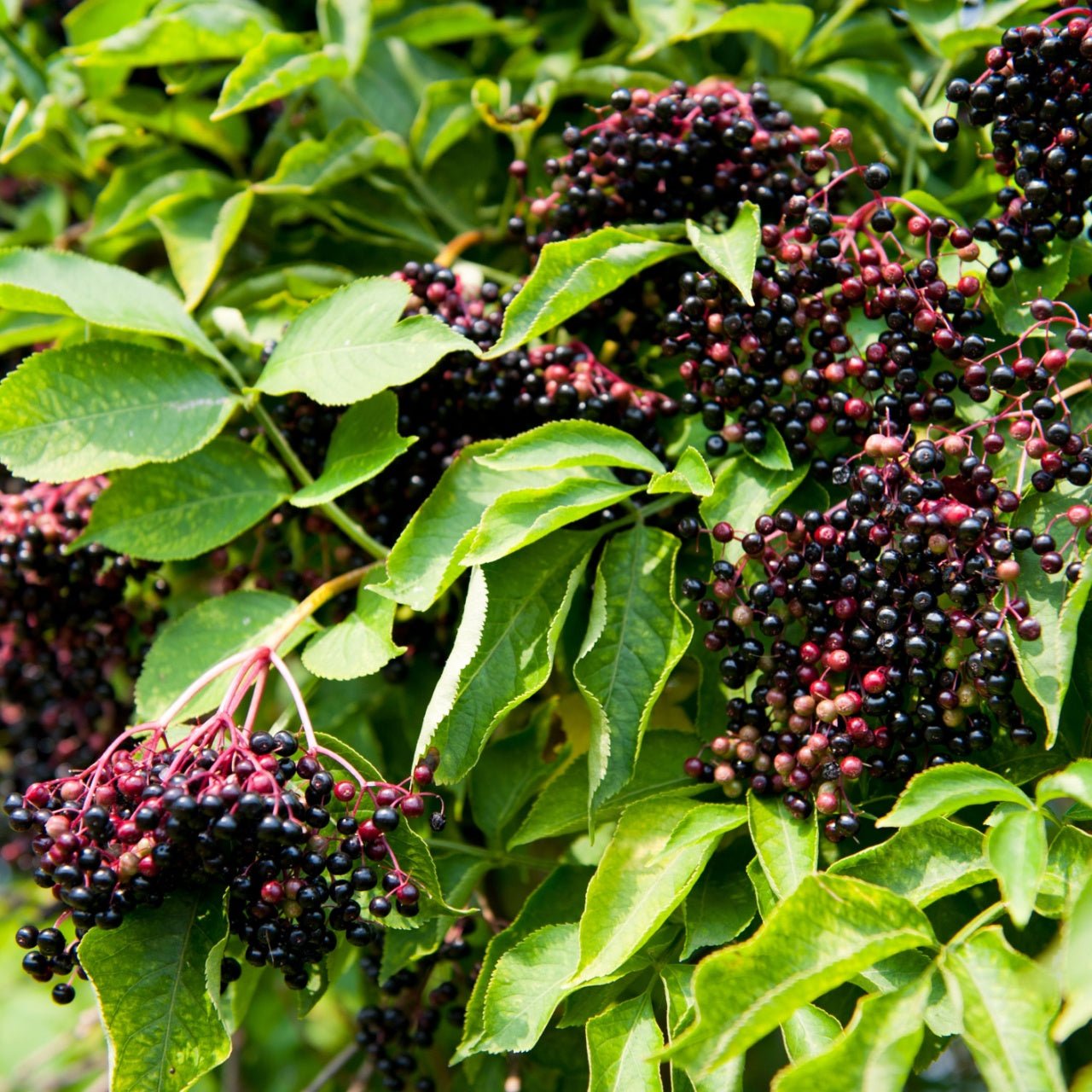Living on the coast makes landscaping challenging. Saline soils and salt spray from the ocean make it difficult to grow much. However, there are some plants adapted to these conditions that can be used for landscaping around your home.
Salt Damage
Water flows from the soil into the roots because the roots have more dissolved molecules in them than the soil. When salt is in the soil, the soil has more dissolved molecules in it than in the roots, so water flows out. The plant dehydrates even if fresh water is available in the soil. In addition, salt landing on the foliage of a plant will draw water out of it that way, burning leaves and stems. Plants near the ocean have evolved ways to remain hydrated even when there is a lot of salt in the soil.
Salt damage also occurs near roadways in places that have a lot of ice and snow. Roadways and sidewalks are treated with de-icing products that contain a high concentration of salt. As the ice and snow melt, the melt water may flow over soil, saturating it with salt. In addition, as cars drive over salted roads, they may splash the salt on to the foliage of plants near the roadway.
When saltwater infiltrates wells used to irrigate plants, sprinkler heads spray the saltwater all over the plants, just as if they were right on the beach.
Salt can affect plants in one final way. Sodium and chloride, the components of table salt, can make the pH of the soil alkaline. Soil can have a pH of as much as 8, which most plants cannot tolerate.
Symptoms of Salt Damage
Salt damage can be acute or chronic. Acute damage occurs suddenly and may go away just as fast. Burned edges of leaves from de-icing salt may go away when it rains, and the salt is diluted and washed away. Chronic damage takes longer to appear but tends to make plants gradually decline and then die. Here are the typical symptoms.
- White salt residue on plants
- Reduced or stunted growth
- Malformed leaves, stems, flowers
- Reduced leaves, flowers, and fruit
- Buds don’t open or drop off plant
- Early fall color or leaf drop
- Death
Treating Salt Damage
Treating salt damage may or may not be successful. First, flush the salt off the plant with good water. To flush the soil, irrigate with two inches of water, stopping when it starts to runoff. Repeat two days later. Adding organic matter can help restore the spaces between soil molecules so water and air can infiltrate the soil. Finally, replace dead plants with salt tolerant varieties.
Preventing Salt Damage
Prevention is easier than treating salt damage. Here are some tips to help you reduce the salt reaching your plants.
- Use de-icing products that contain less salt, or use products containing calcium, magnesium, or potassium instead of sodium.
- Reduce the use of de-icing products.
- Place a burlap or plastic screen between the road and your plants.
- Plant salt tolerant plants.
- Plant sensitive plants 50-60 feet from roadways.
- Use raised beds and berms to channel melt water containing salt away from sensitive plants.
- Irrigate deeply once a week so plants develop strong, deep roots and can resist salt damage.
- Fertilize only when a soil test indicates you need to. Use only the amount of fertilizer the label says to use. Almost all fertilizers contain salts and can poison plants if over applied.
- Mulch plants to protect them.
Salt Resistant Plants
Here is a list of some of our salt-resistant plants.
Red Maple

Red maples are native to the eastern half of North America. The leaves of the red maple turn scarlet in the fall, giving it its name. The bark is smooth and silver, so they provide some winter interest even after they lose their foliage. Red maples usually grow 40-60 feet tall but occasionally hit 100 feet in the wild. The male trees have showy pink flowers. The females produce red samaras, or fruit, after being fertilized. Birds and small mammals eat the samaras. Red maples are the host plant for several varieties of butterflies and moths. The flowers are used by both honeybees and native bees.
River Birch

River birch is usually multitrunked and grows to be 30-60 feet tall. Occasionally, it will reach 90 feet. River birch is often leaning a little and has an irregular crown. It grows along streams and wet areas in the southeastern United States. The satiny, silver bark peels in strips and reveals a cinnamon-colored trunk. The leaves turn yellow in the fall but that isn’t why people plant the tree. The tree is fast growing and rarely has trouble with diseases and pests. Wildlife feed on the seeds the river birch has.
Silky Dogwood

Silky Dogwood trees are native to the eastern United States and Canada. They grow from six to twelve feet tall. Silky dogwood trees have clusters of white flowers in the spring. They have blue drupes in the summer. The twigs are reddish purple and the older branches are gray. Silky dogwoods grow in swamps, low places, and along streams. The flowers attract butterflies and native bees. The foliage is eaten by deer and the fruit is eaten by birds and other wildlife. This tree is good for erosion control due to the dense roots. If the branches touch the ground, they form roots, leading to dense thickets if the plant is not controlled.
Elderberry

Elderberry is native to North America and grows in moist woodlands, along streams, and in marshlands. The white flower clusters are showy, but the black fruit is even better. The fruit is used in jams, jellies, and pies. The flowers and fruits are used to make wine. Elderberry grows to be 5-12 feet tall and 6-10 feet wide. It will form dense thickets if allowed to but is often used in erosion control because of this tendency. The blooms attract pollinators. The fruit attracts birds and mammals. Birds and small mammals use the plant to nest in.
This is just a sample of the native plants that are salt tolerant. We have many more for you to choose from.
We Can Help
At TN Nursery, we can suggest native plants that are adapted to saline soils and spray. Give us a call at 931.692.7325 to get started.
Read more

Training a vine to cover an arbor or pergola can provide shade, add interest to the structure, and provide a beautiful entrance to a garden. The wrong vine, however, can destroy your arbor or perg...
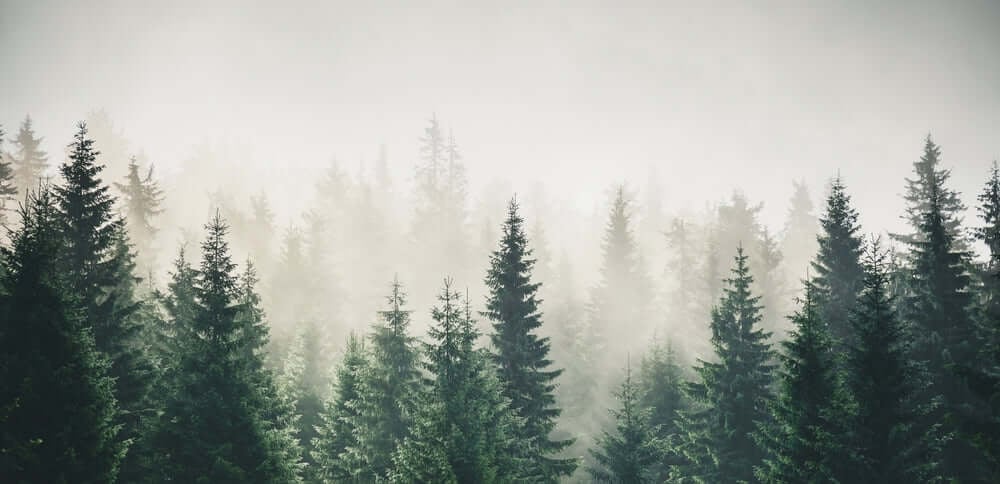
Windbreaks do more than just break the wind. They also control blowing and drifting snow when properly designed and cared for. The snow stops in the windbreak and waters the trees and shrubs that...


